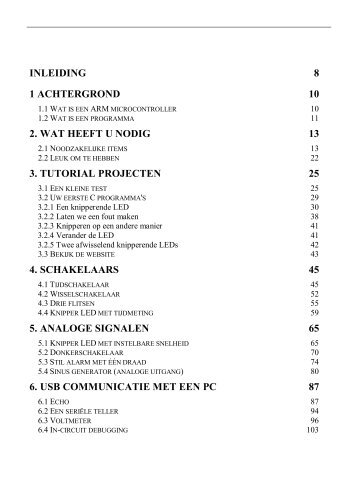
Programma Generator Sinusa
Normally, the heart is signaled to contract, or squeeze, by an electrical impulse that starts in the sinus node at the top of the right atrium. The impulse then travels through the heart’s “wires,” to the muscles of the lower chambers of the heart (right and left ventricles), telling them to contract and cause a heartbeat. This natural system helps the heart pump in an efficient rhythm. A problem with any part of this system, though — either the heart’s natural “ pacemaker” or the wires carrying the impulses — can cause a slow heart rate. An artificial pacemaker may be needed to reset the heart to the right pace and make sure blood and oxygen are pumped to the brain and other parts of the body.
Generatosaur - low frequency signal tone generator. The program generates different low frequency signals, and let you choose amplitude, frequency. Select sinus, triangle, saw (ramp up or ramp down) square, abs sinus or noise waveform. PDF Reader PDF Editor PDF Creator PDF Software Edit PDF Merge PDF Split PDF Convert PDF Annotate PDF Reduce PDF File Size Scan to PDF. Filemaker pro mac torrent ita il ritorno.
What is a Pacemaker? Artificial pacemakers are devices that are implanted into the body, usually just below the collarbone, to take over the job of the heart’s own electrical system and prevent slow heart rates. Although they weigh only an ounce and are the size of a large wristwatch face, a pacemaker contains a computer with memory and electrical circuits, a powerful battery (generator), and special wires called “leads.” The generator creates electrical impulses that are carried by the leads to the heart muscle, signaling it to pump. Getting a pacemaker most often does not require open-heart surgery — the procedure usually takes only about two hours. The pacemaker generator is implanted in a small pocket made under the skin. The leads are usually placed in a vein near the collarbone, and then moved to the heart with the help of an X-ray machine. The leads touch the heart muscle on one end, and are connected to the pacemaker generator on the other end.
The pacemaker is programmed to send signals to the heart, and settings can be changed at any time. Routine monitoring, sometimes even by phone, makes sure the pacemaker is working properly. The battery in the generator lasts 5-10 years and must be replaced when it runs out. Type of Pacemakers • Single Chamber Pacemakers have one wire that is placed in the right upper chamber (atrium) or lower chamber (ventricle). • Dual Chamber Pacemakers have two wires, one in the atrium and one in the ventricle. • Biventricular Pacemakers have three wires, one in the right atrium, one in the right ventricle and a third in the left ventricle. These more complicated pacemakers take more time to implant, and can be used to improve pumping in patients with heart failure. • Rate Responsive Pacemakers adjust the heart rate to a patient’s level of activity.
They pace faster when a patient is exercising and slower when a patient is resting. When are Pacemakers Used? Pacemakers are used to treat abnormally slow heart beats. They may be prescribed for a number of conditions, including: • Bradycardia A condition in which the heart beats too slowly, causing symptoms such as fatigue, dizziness or Fainting spells. • Atrial fibrillation ( AFib) A common heart rhythm disorder in which the heart beats too fast and chaotically. Sometimes, people with AFib can also have slow rhythms.

Medications used to control atrial fibrillation may result in slow rhythms, which are treated by pacemakers. • Heart failure A condition in which the heartbeat is not strong enough to carry a normal amount of blood and oxygen to the brain and other parts of the body.
A special pacemaker can be programmed to increase the force of heart muscle contractions. This is called “biventricular pacing” or “resynchronization” therapy. • Syncope A condition best known as “ Fainting,” usually not serious. Some patients faint when their heart rate becomes too slow. A pacemaker prevents slow heart rates and can cure syncope in some patients.